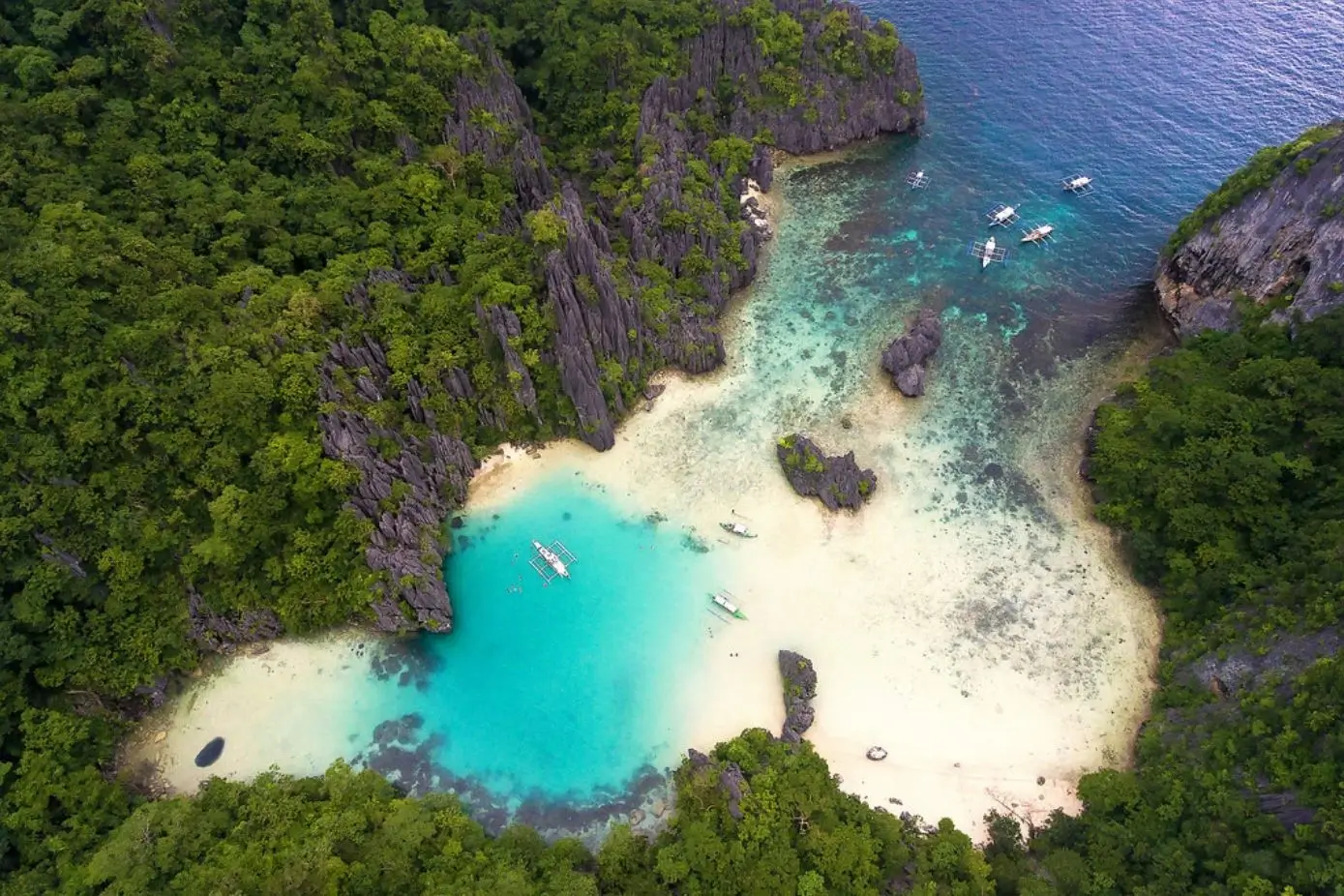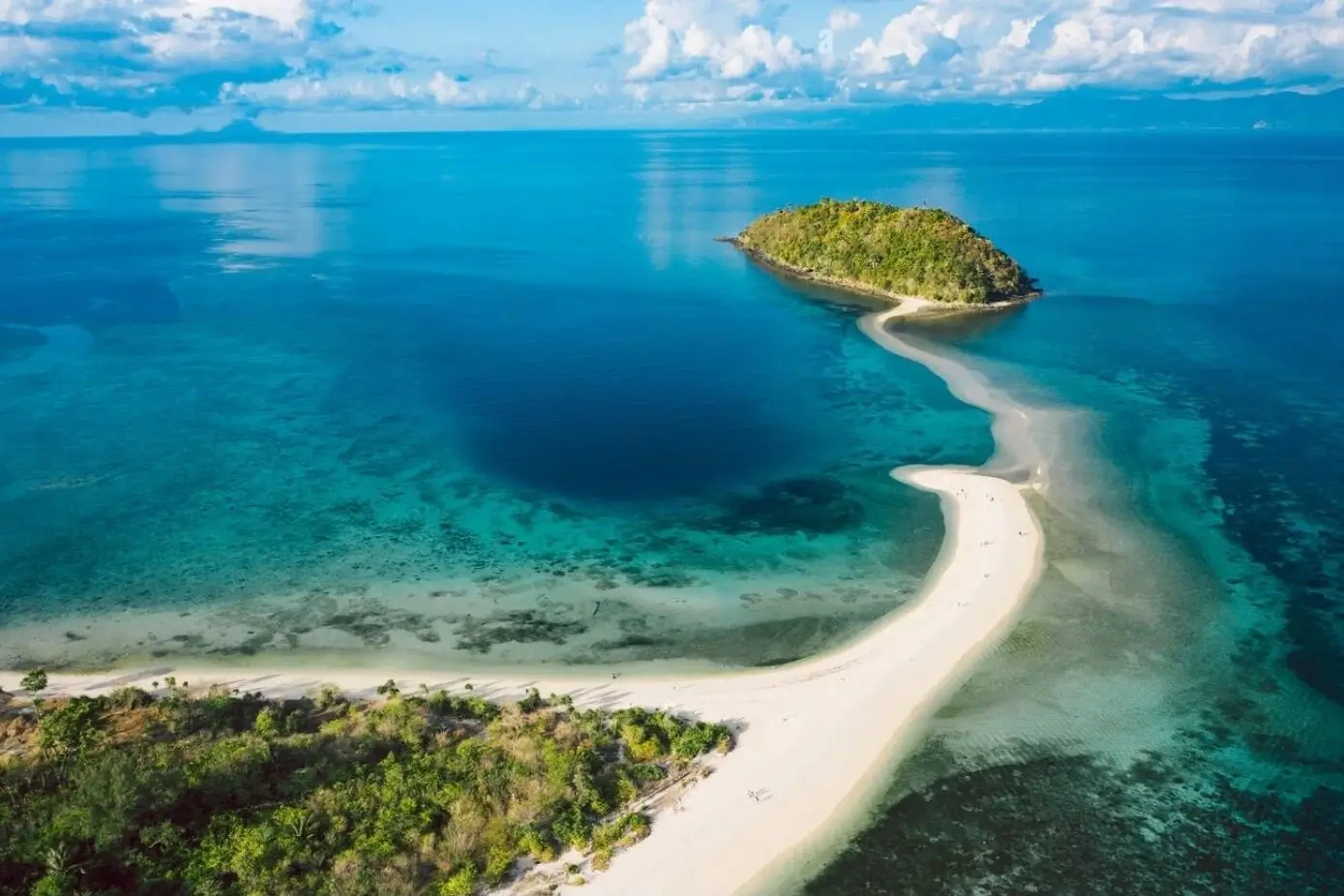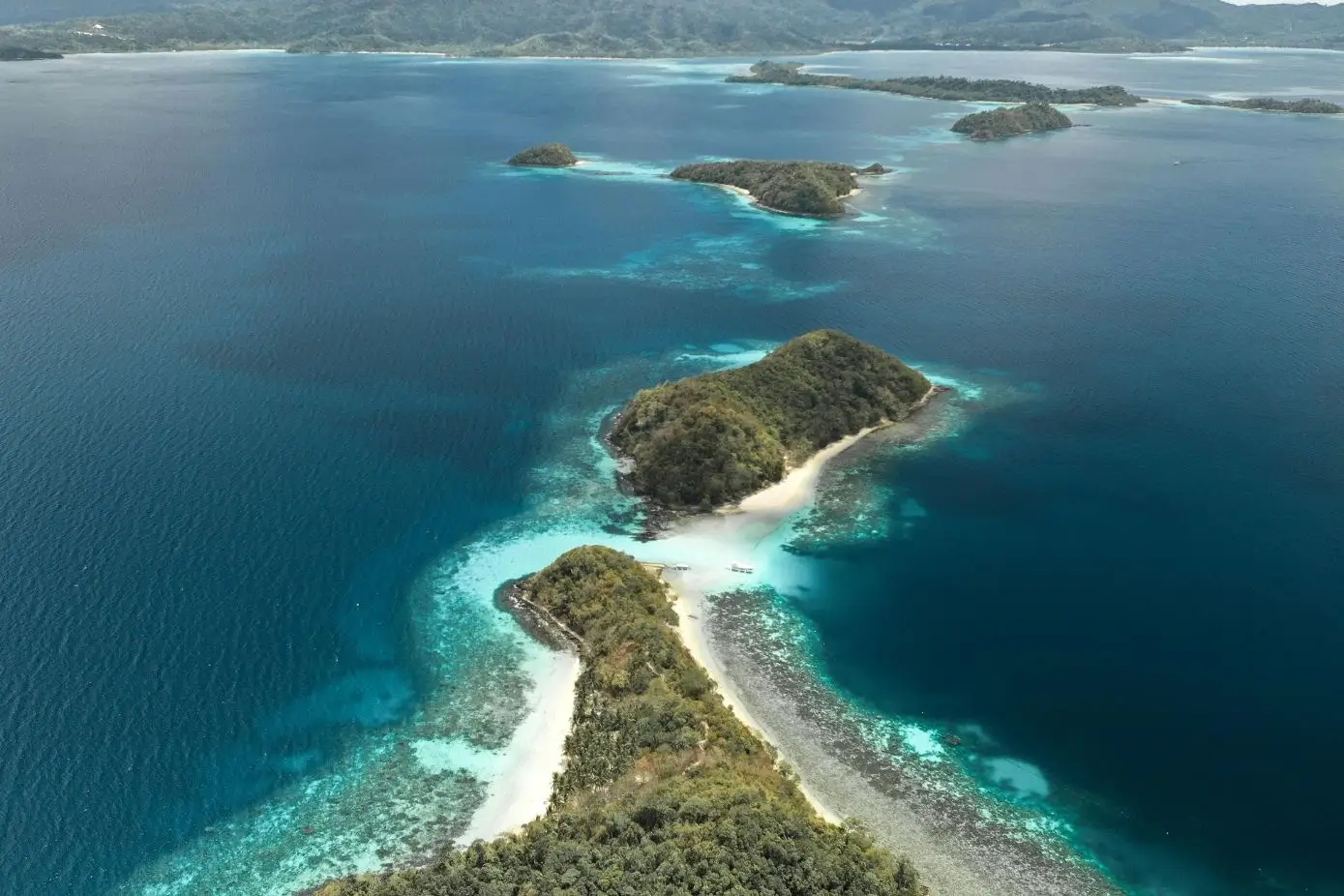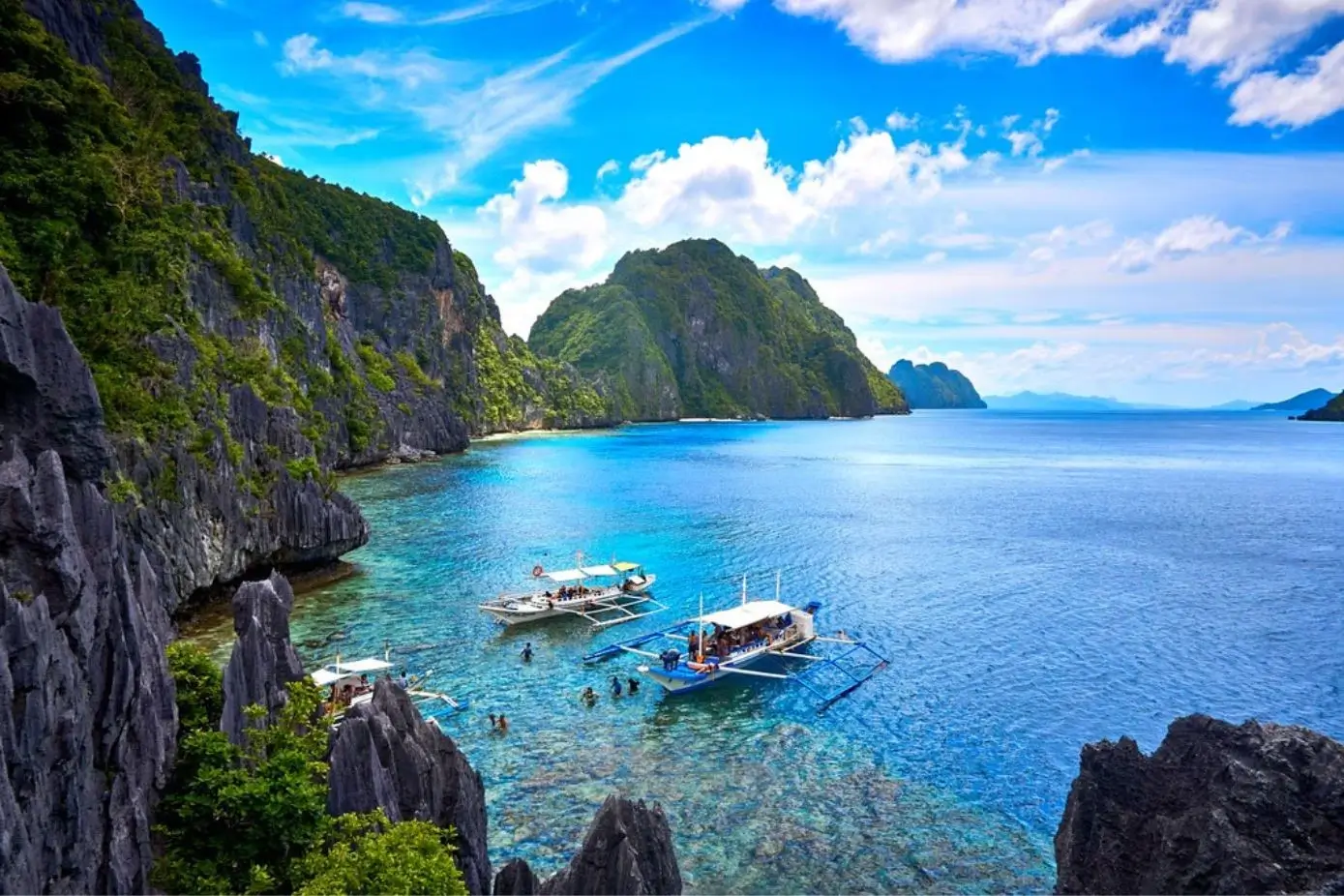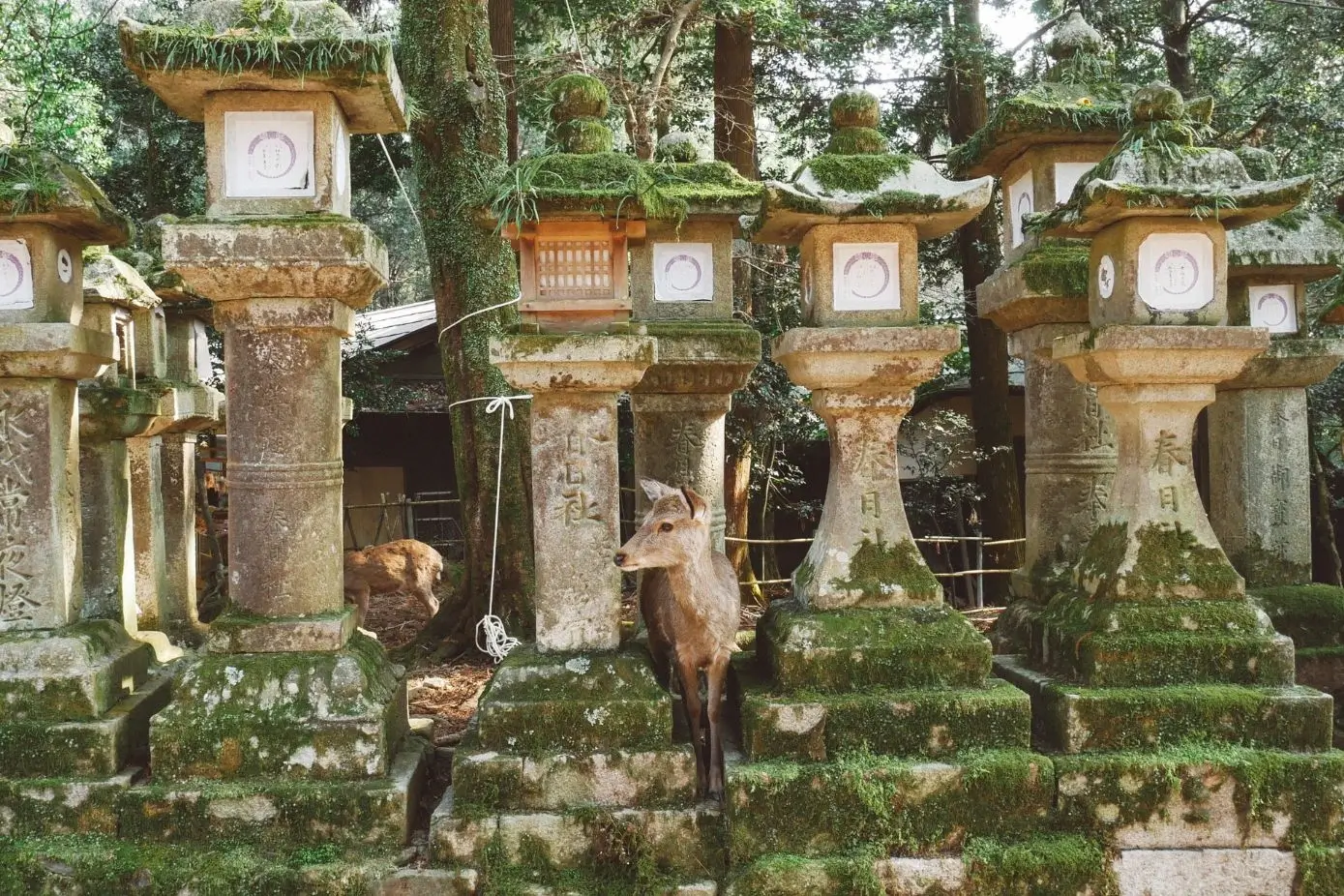Explore the captivating beauty of Vietnam, a land of rich history, diverse landscapes, and vibrant culture. This detailed guide is your key to uncovering the wonders of Vietnam, from its bustling cities to its tranquil natural retreats.
- Introduction to Vietnam
- Top Destinations
- Cultural Insights
- Vietnamese Cuisine
- Travel Tips
- Accommodations
- Transportation
- Language and Communication
- Safety and Health
- Visa Requirements
Introduction to Vietnam
Vietnam, a country in Southeast Asia, is renowned for its rich history, diverse cultures, and stunning natural beauty. From the lush rice terraces in the north to the vibrant river life in the Mekong Delta, Vietnam offers a journey through both time and landscape. It’s a place where the hustle of city life coexists with the tranquility of the countryside.
Top Destinations to Travel to Vietnam
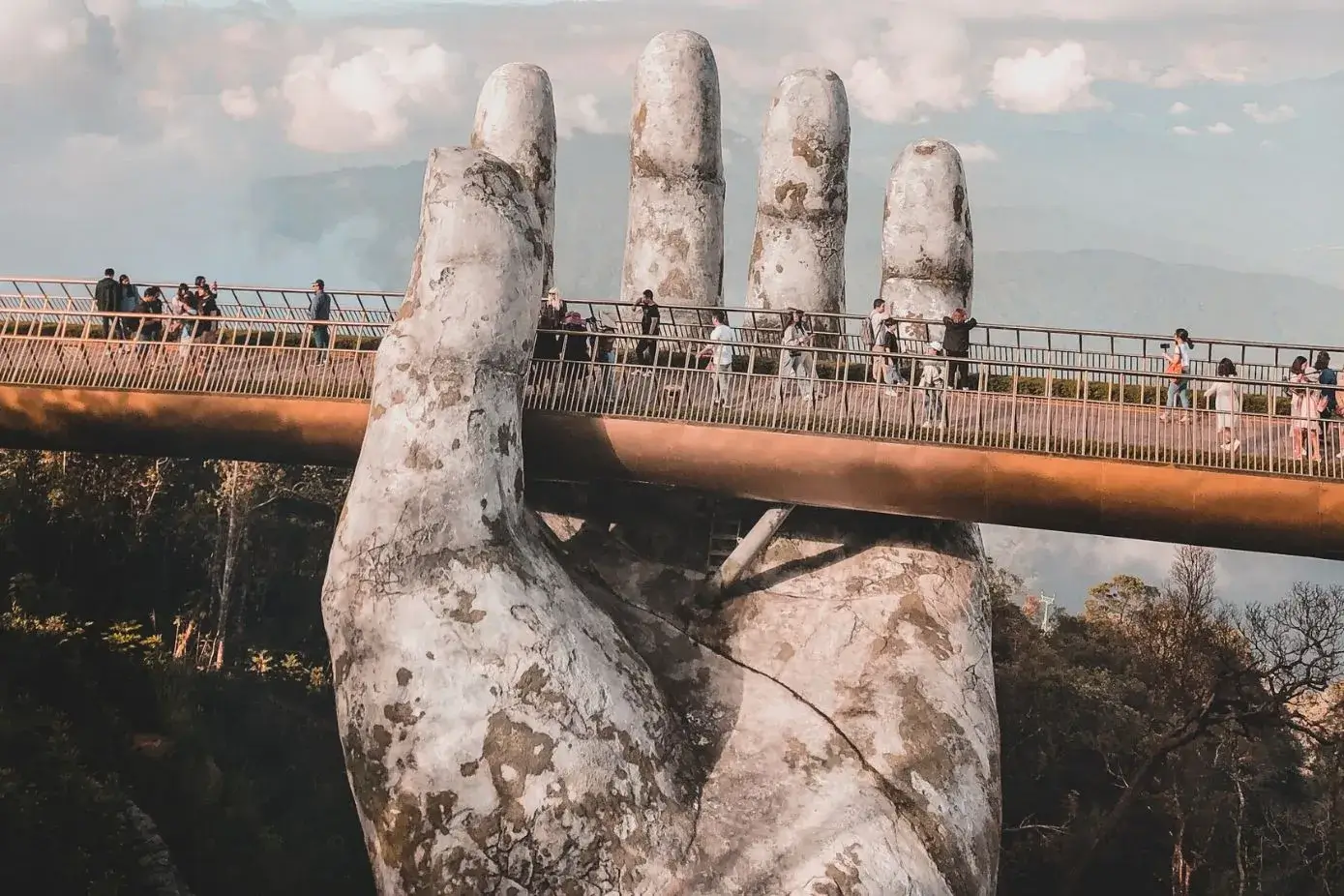
- Hanoi: Vietnam’s capital, blending old-world charm with modern dynamism. Key attractions include the Old Quarter, Hoan Kiem Lake, and the Ho Chi Minh Mausoleum.
- Ho Chi Minh City: A fast-paced metropolis where French colonial architecture meets modern skyscrapers. Don’t miss the War Remnants Museum and Notre-Dame Cathedral.
- Hoi An: A UNESCO World Heritage site, famous for its well-preserved Ancient Town and vibrant lantern displays.
- Ha Long Bay: A natural wonder known for its emerald waters and thousands of limestone islands. Cruises and kayaking tours are popular ways to explore the bay.
- Sapa: Set in the Hoang Lien Son Mountains, Sapa is known for its terraced rice fields and rich cultural diversity, with several ethnic minorities residing in the area.
Cultural Insights
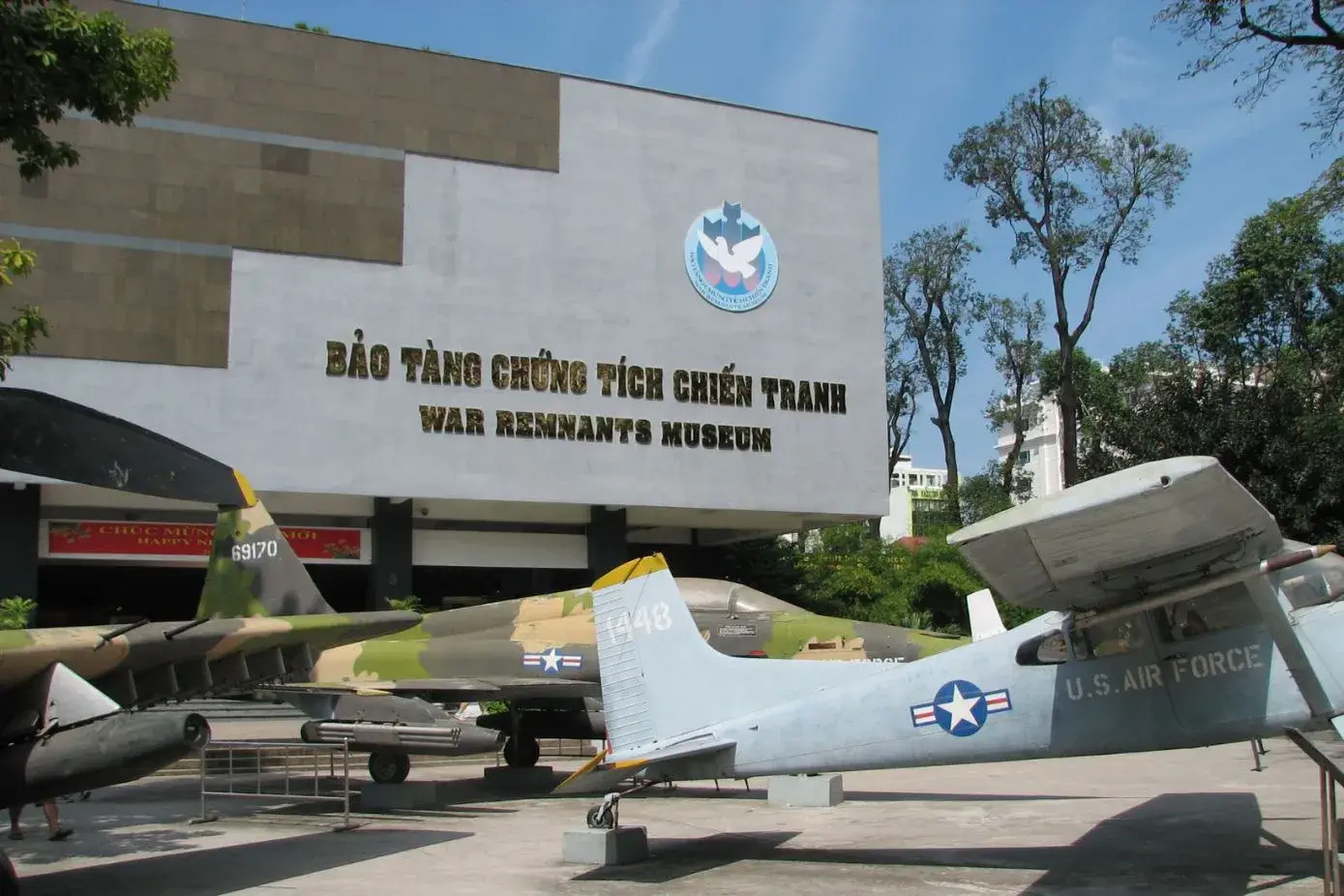
- History and Heritage: Vietnam has a complex history, from ancient dynasties to colonial rule and the Vietnam War. Visiting historical sites and museums offers valuable insights.
- Traditional Art Forms: Explore traditional Vietnamese art forms like water puppetry, lacquer painting, and silk weaving.
- Ethnic Minorities: Vietnam is home to over 50 ethnic minority groups, each with its unique culture and traditions. Visiting their communities offers a glimpse into a diverse cultural mosaic.
Vietnamese Cuisine
- Street Food Culture: Vietnamese street food is renowned worldwide. Explore local markets and street stalls for authentic tastes.
- Local Dishes: Beyond Pho and Banh Mi, try dishes like Bun Cha (grilled pork with noodles), Cao Lau (a regional noodle dish from Hoi An), and various seafood delicacies along the coast.
- Coffee Culture: Vietnam is famous for its coffee, especially the unique egg coffee and the strong, drip-filtered Vietnamese coffee.
To enjoy your Vietnamese cuisine experience at its fullest, make sure to check our guide on how to eat with chopsticks, as it’s the main way to eat in Vietnam and Asia in general.
Tips to Travel to Vietnam
- Best Time to Visit: The best time to visit Vietnam varies by region, but generally, the cooler and drier months from November to April are ideal.
- Cultural Etiquette: Respect local customs and traditions. Dress modestly, especially when visiting temples and rural communities.
- Currency: The Vietnamese Dong (VND) is the official currency. While ATMs are widely available, it’s advisable to carry some cash.
Accommodations
- City/Boutique Hotels: Find unique and charming boutique hotels, especially in Hanoi and Hoi An, offering a blend of local flavor and modern amenities. In major cities, there are options ranging from budget hostels to luxury hotels.
- Beachfront Resorts: Vietnam‘s long coastline boasts numerous beachfront resorts, particularly in Da Nang, Nha Trang, and Phu Quoc.
- Eco-Lodges: For a sustainable travel experience, stay in eco-lodges located in natural settings like national parks and rural areas like Sapa and the Mekong Delta.
Transportation
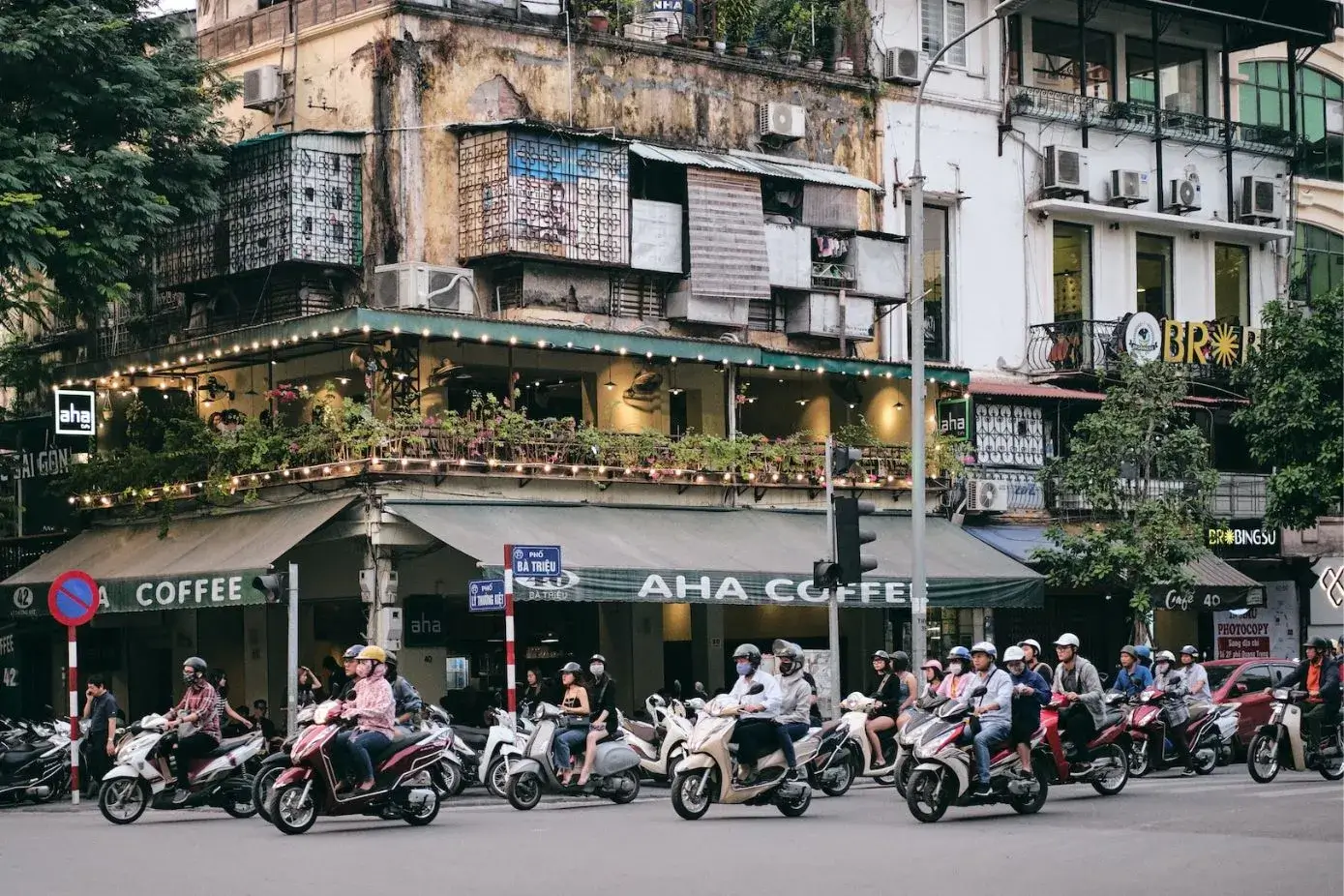
- Motorbike Culture: Renting a motorbike can be an adventurous way to explore, but ensure you are comfortable with the local driving conditions.
- Waterways: In areas like the Mekong Delta, boat trips are a unique way to explore the local way of life on the water.
- Motorbikes: A common mode of transport, but be cautious if you choose to rent one.
- Trains and Buses: Reliable ways to travel between cities, offering a chance to see the countryside. The Reunification Express train runs from Hanoi to Ho Chi Minh City, offering a scenic way to see the country.
- Domestic Flights: Efficient for covering long distances, with several local airlines operating regular routes.
Language and Communication
- Vietnamese Language: While English proficiency is growing, especially among the younger population in urban areas, learning some basic Vietnamese phrases will enhance your travel experience and is greatly appreciated by locals.
- Non-Verbal Etiquette: Body language and non-verbal communication are important in Vietnamese culture. Avoid public displays of affection and be mindful of your gestures.
Safety and Health
- Vaccinations and Health Precautions: Consult your doctor for recommended vaccinations and health precautions before traveling.
- Water and Food Safety: Drink bottled or boiled water and eat well-cooked food. Be cautious with street food, choosing busy stalls with high turnover.
- Travel Insurance: Recommended for medical emergencies and travel disruptions.
Don’t forget to read our full Vietnam safety guide to giving you peace of mind as you plan your journey.
Visa Requirements to Travel to Vietnam
Understanding Vietnam’s visa requirements is crucial for a smooth travel experience.
- Visa Exemptions: Some nationalities are exempt for short stays. Check if your country qualifies for visa-free entry.
- E-Visa: Available for citizens of around 80 countries, the e-visa is valid for 30 days and can be applied for online.
- Pre-Arrival Visas: Travelers not eligible for an e-visa or visa exemption must obtain a visa from a Vietnamese embassy or consulate.
- Visa on Arrival (VoA): Available for air travelers with a pre-approval letter obtained through a Vietnamese travel agency.
- Extensions and Long-Term Visas: Visa extensions are possible within Vietnam, and long-term visas require additional documentation.

